Gukje Market Youth Street (국제시장 젊음의거리)
10.8Km 2016-12-16
25, Gukjesijang 2-gil, Jung-gu, Busan
+82-51-245-7389
Youth Street is full of clothing and sports wear for young people. It boasts non-brand clothing items and accessories with unique designs. Suits and dresses are available at incredibly inexpensive prices compared to those in other areas.
Gukje Market Food Street (국제시장 먹자골목)
10.9Km 2024-03-06
36, Junggu-ro, Jung-gu, Busan
+82-51-245-7389
Gukje Market Food Street has more than 60 years of history as one of Busan's traditional markets' most famous food streets. It is known for a number of dishes, such as Chungmu gimbap served with sweet and sour squid salad, sweet-and-spicy tteokbokki, milmyeon (wheat noodles), dwaeji gukbap (pork and rice soup), sundae, patbingsu (shaved ice with red beans), and Busan’s iconic bibim dangmyeon (spicy glass noodles). These dishes are enjoyed on small stools next to the street stalls. The sight of the diners lining the stall is one of the defining views of traditional markets in Korea. Visitors can also find suitable clothing, shoes, and accessories here.
Unsong Tamina (은송타미나)
10.9Km 2020-04-16
26, Gwangbuk-ro 39beon-gil, Jung-gu, Busan
+82-51-246-0786
For over 25 years, Unsong Tamina in Gwangbok-dong Market has served customers with outstanding crafts, antique furniture, and interior design items. These items are reasonably priced, and the store has a wide range of products, making it convenient for customers to fulfill all their interior design needs. The store is particularly popular among Japanese visitors. Purchasing items for delivery is also available over the telephone.
Dolgorae Sundubu (돌고래순두부)
10.9Km 2024-03-15
15, Junggu-ro 40beon-gil, Jung-gu, Busan
+82-51-246-1825
Dolgorae Sundubu is a restaurant in Gukje Market that serves sundubu jjigae (soft bean curd jjigae). It has quite a tradition, dating back to 1982, and still draws lines of visitors at mealtime thanks to its reputation. Sundubu baekban (soft bean curd set menu), comprised of fresh and gentle sundubu jjigae (soft bean curd jjigae) and Jeolla-style side dishes and kimchi, is delicious and nicely presented.
Joeunssallobapjitgo (좋은쌀로밥짓고)
10.9Km 2017-02-21
9, Gwangbokjungang-ro 24beon-gil, Jung-gu, Busan
+82-51-248-8500
Joeunssallobapjitgo is a restaurant specializing in Han-jeongsik (Korean Table d'hote), using only natural, unprocessed ingredients.
HOTEL CONT[Korea Quality]/ 호텔콘트(HOTEL CONT)[한국관광 품질인증]
10.9Km 2024-07-11
(48949) 12, Yongdusan-gil, Jung-gu, Busan
+82-51-244-0088
Located beneath Busan’s Yongdusan Park, HOTEL CONT is a boutique hotel that aims to deliver “a space with content,” where artists and designers bring together various projects and contents, and people gather naturally. A total of 38 rooms with distinct concepts are furnished with a crisp white-toned interior using various materials like concrete blocks and marble, creating a unique and stable atmosphere. Rooms include the basic Standard and Superior Double; Deluxe Terrace, which allows guests to enjoy Busan’s view at night; Family Suite with a large dining space; Dining Suite with an island table for parties; and Spa Suite, with a large bathtub. Roof Suite, the signature room of HOTEL CONT, has a unique atmosphere, thanks to the natural lighting from the ceiling. It is furnished with a living room, dining room, and a terrace with a view of Yongdusan Park, making it ideal for parties. Comfortable sofas offer a respite for the travelers from their busy schedule, and the hotel also offers different pillows for the guests to choose from. All rooms are offered with free Wi-Fi and valet services, and a breakfast of croissant sandwich and coffee may be purchased. Airport limousine bus service brings the guest to a stop nearby, and Busan Metro stations Jungang, Nampo, and Jagalchi Stations are 5–15 min walk away. Its proximity to Yongdusan Park and the restaurants of Nampo-dong and Jagalchi Market makes it a great place for travelers planning to explore Busan on foot.
CheongKwanJang - Donggwang Branch [Tax Refund Shop] (정관장 동광)
10.9Km 2024-04-18
133-1, Daecheong-ro, Jung-gu, Busan
-
Museum of the ancient tombs in Daseong-dong (대성동고분박물관)
10.9Km 2023-01-02
126, Gayaui-gil, Gimhae-si, Gyeongsangnam-do
+82-55-350-0401
The Museum of the ancient tombs in Daseong-dong displays artifacts unearthed from the four excavations of the Daeseongdong Tumuli. Highlighting often overlooked relics of the Geumgwan Gaya, the museum has three ground-floor exhibit halls and several underground auxiliary facilities. The main exhibits include a life-sized statue of a mounted soldier and a warrior statue, both recreated based on bones excavated from the tumuli of Yean-ri. The museum relies heavily on videos and dioramas to help visitors explore all the museum has to offer.
Ancient Tombs in Daeseong-dong, Gimhae (김해 대성동 고분군)
10.9Km 2020-04-02
126, Gayaui-gil, Gimhae-si, Gyeongsangnam-do
+82-55-330-3934
The tumuli in Daeseong-dong, located to the east of the Royal Tomb of Kim Suro, reflect the formation and development of the Gaya Era. The Daeseong-dong Tumuli are located in the center of the shell mounds of Hoehyeon-ri, the location of the founding of the Gaya Kingdom according to local legend.
The tumuli relics were excavated by researchers from the Kyungsung University Museum from 1990 to 1992 and were found to be the common burial ground of the dominant class of the Gaya Kingdom. On the hilltops, which were viewed as prime burial places, are the tombs of kings and rulers; on the slopes are the tombs of the lower classes.
A total of 136 tumuli were found in the Daesong-dong area. Further investigation of the tumuli revealed several important and interesting facts. First, from the end of the third century, men and horses were buried alive along with the dead. Also, weapons were bent and buried as well, with many of these artifacts being unearthed among the tumuli. Other materials found in the tumuli such as cylindrical bronze items, pinwheel-shaped bronze items, and jasper items showed that Gaya was involved in trade with Japan. The Daeseong-dong Tumuli is significant in that it gives a glimpse into the political and social structure of the Gaya Kingdom, and the cultural exchange between Korea, China, and Japan.
Tomb of Queen Consort of King Suro (김해 수로왕비릉)
10.9Km 2020-04-04
1, Garak-ro 190beon-gil, Gimhae-si, Gyeongsangnam-do
+82-55-338-1330
Tomb of Queen Consort of King Suro in Gusan-dong, Gimhae is the final resting place of Queen Heo, the Queen Consort of King Suro, the founder of Garak. The tomb dates all the way back to the Gaya dynasty and has been officially designated as Historic Site No. 74. Unlike many other ancient tomb mounds that are raised on flat land, Queen Heo's mound sits high upon a hill. In front of the tomb is Pasa Stone Pagoda, which its stones are known to have come from India.
Together with the Tomb of King Suro, the tomb preservation area was expanded in the 28th year of King Sejong’s reign (1446). Records indicate that the tombs were robbed over a century later during the Imjin War (1592-1598). The current headstone and plaque by the tomb was installed in the Joseon dynasty in the 25th year of King Injo's reign (1641).
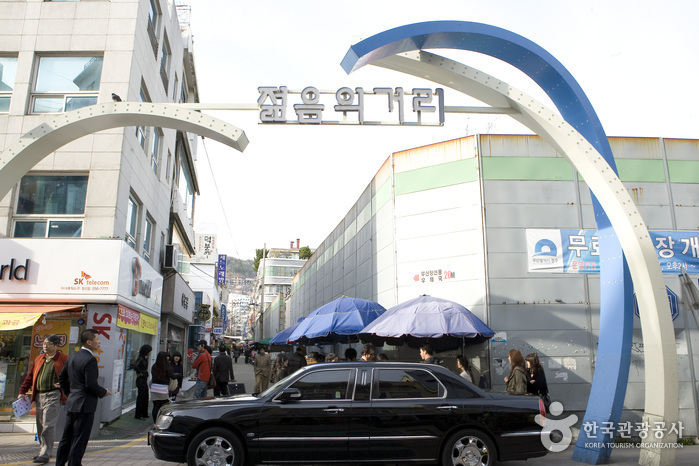
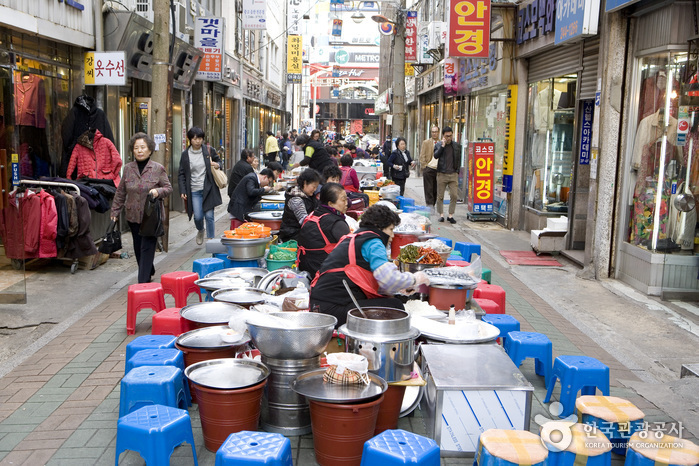
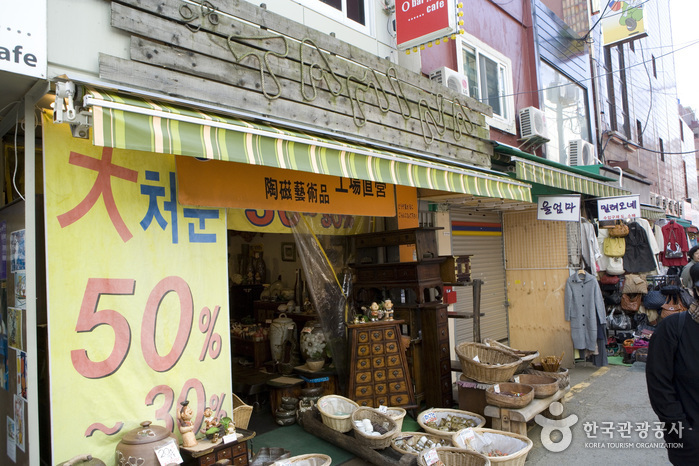

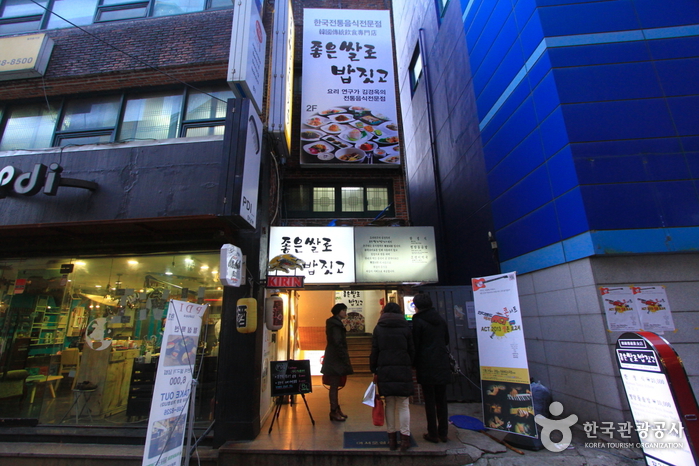
![HOTEL CONT[Korea Quality]/ 호텔콘트(HOTEL CONT)[한국관광 품질인증]](http://tong.visitkorea.or.kr/cms/resource/13/2651313_image2_1.png)
![CheongKwanJang - Donggwang Branch [Tax Refund Shop] (정관장 동광)](http://tong.visitkorea.or.kr/cms/resource/63/2889263_image2_1.jpg)
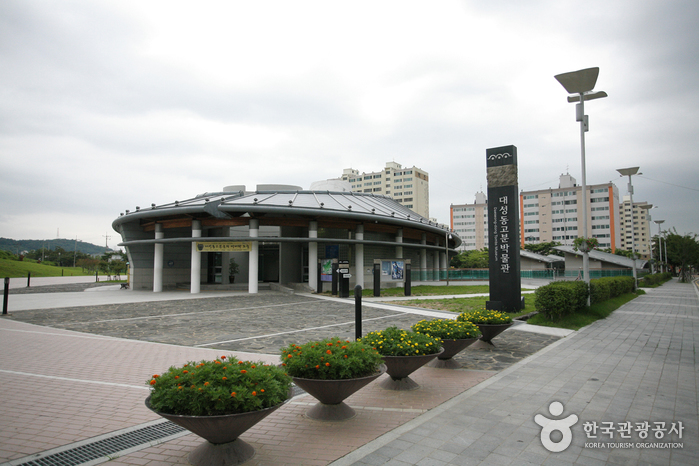
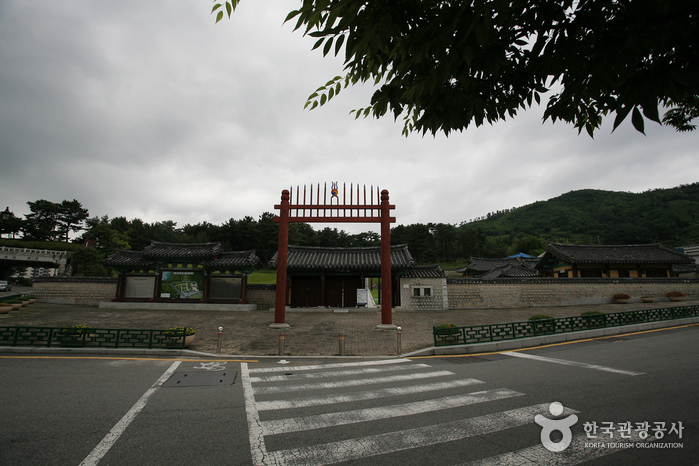
 English
English
 한국어
한국어 日本語
日本語 中文(简体)
中文(简体) Deutsch
Deutsch Français
Français Español
Español Русский
Русский